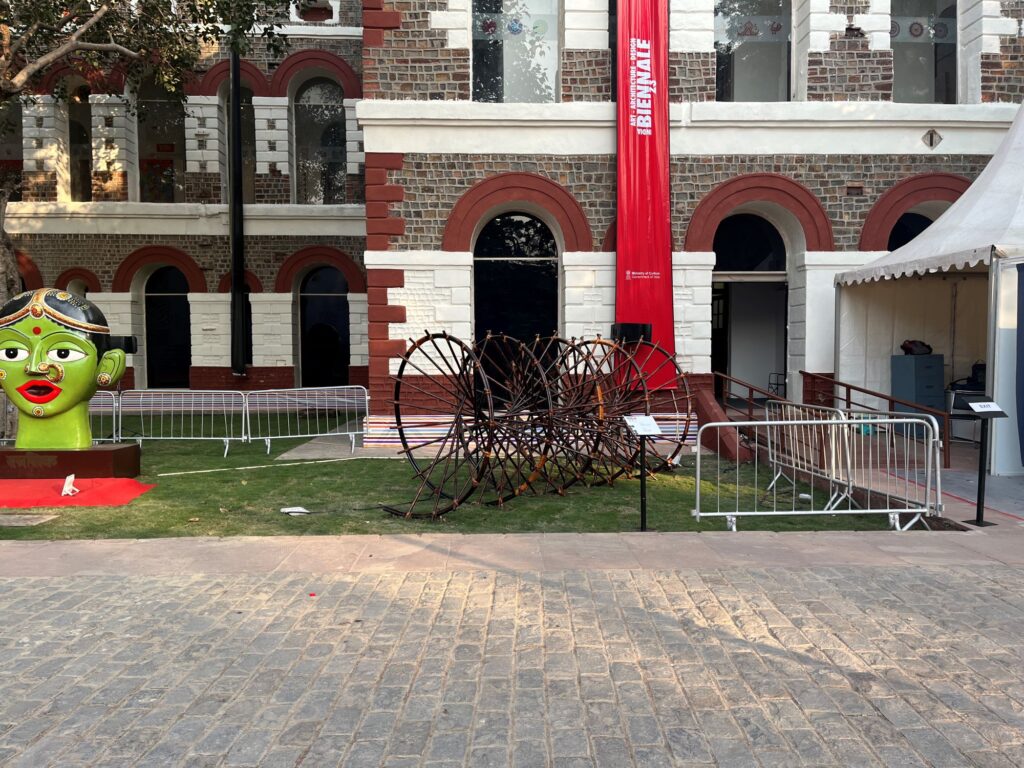
Working with computational tools and technologies does not absolve us from using our resources and abilities to address pressing issues of environmental impact and social responsibility. Learning from generational, traditional craftspersons in indigenous contexts, who have been working with locally-sourced natural material, and finding new ways of applying these techniques to computationally-designed, experimental structures is one of the overarching aims of our research, The Digital Vernacular. Revival of dying crafts and use of locally-sourced natural material can only be made possible through relevance to our current context. Harnessing the use of technology in design, structural and material optimization, and robotic/AR-assisted fabrication are ways of adapting age-old, low-tech methods to hi-tech applications.
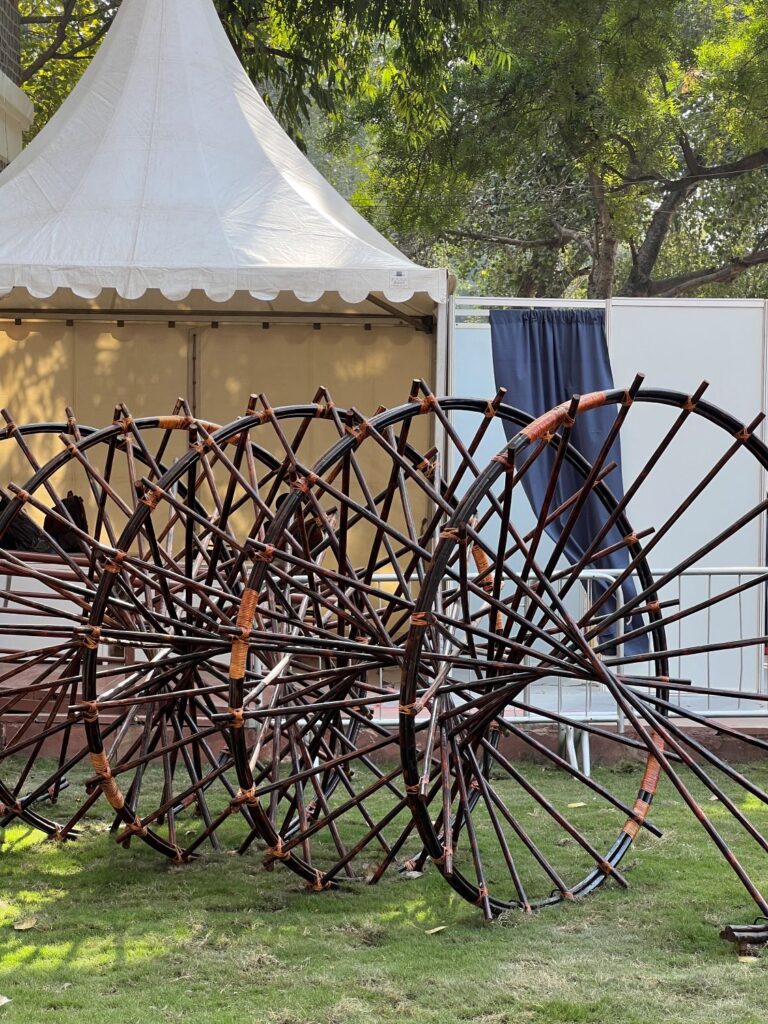
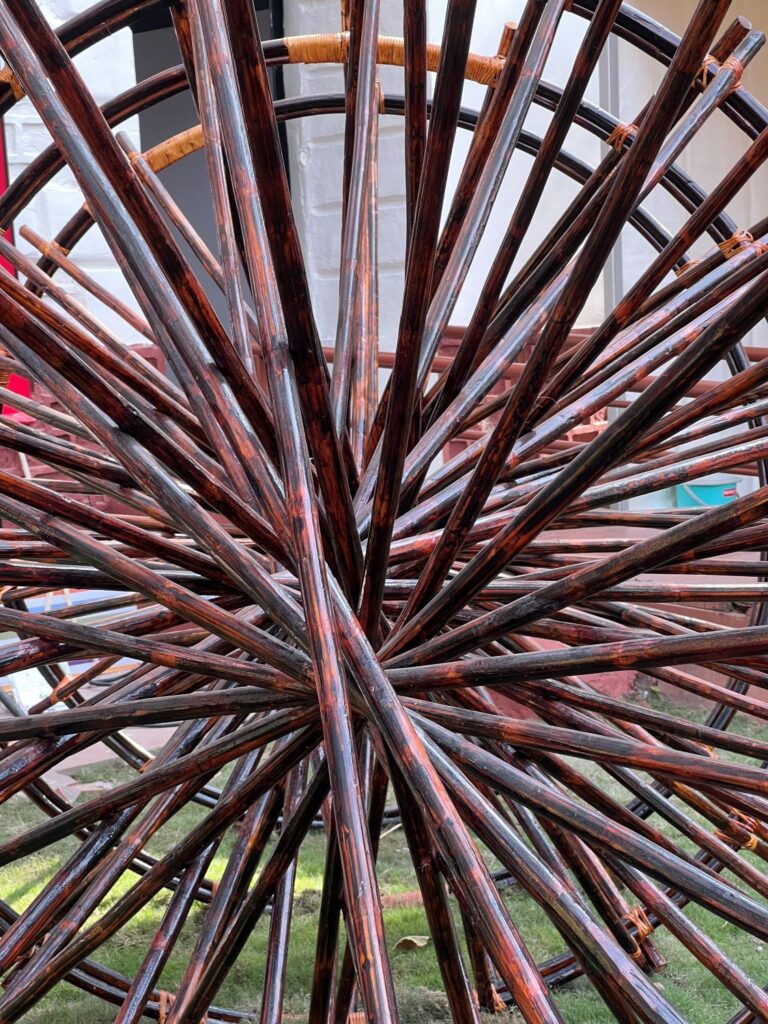
During Dubai Design Week 2018, we explored the concept of The Digital Vernacular by involving local craftspersons to work with Arish or date-palm midribs, resulting in WeaveX 1.0, a permanent geometric structure in Dubai Design District. We have since delved deeper into using natural materials like bamboo and rattan, such as our experiment with curved cane members in HeliX 1.0 at the 2019 World Design Assembly. These design experiments explore possibilities of building in natural material using vernacular methods adapted to complex geometries and minimal surfaces. Apart from design experiment, WeaveX aims to raise awareness about vernacular construction methods and their potentially significant role in sustainable and responsible design and architecture.
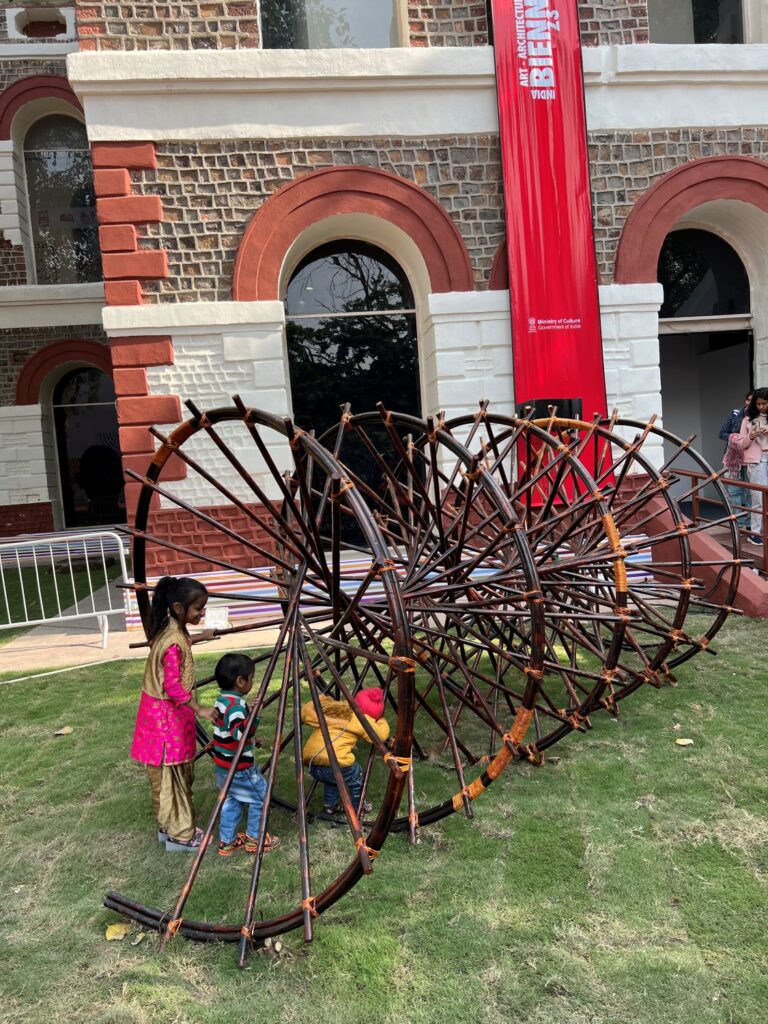
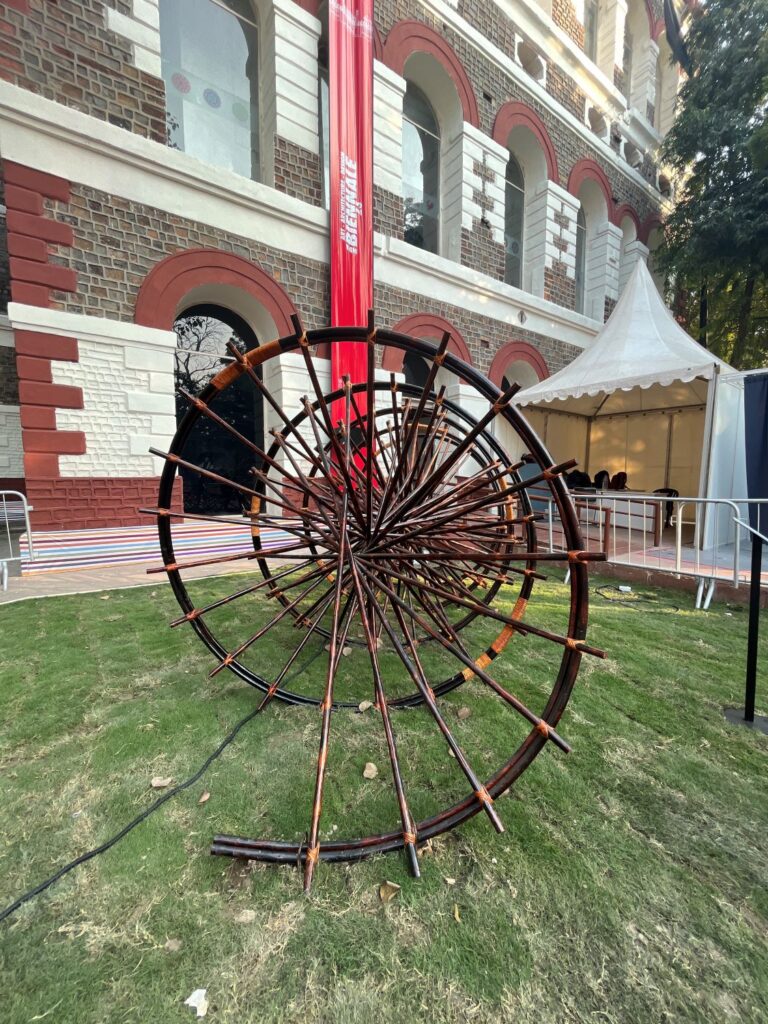
Newest in the WeaveX series of mathematical interpretations of traditional craft is HeliX 2.0, derived from a helicoid, a minimal, compound-curvature surface and complex geometry.
HeliX is created using straight cane members rotated at incremental angles between consecutive turns, tracing the curve of the helix to form near-intersecting and twisting “ghosted” surfaces, creating the illusion of curvature, like string art. Computational tools and generative AI have been applied in creative collaboration with skilled craftspersons with an intimate knowledge of the material and its treatment, resulting in a type of reciprocal system in which each member supports the others.
The latest iteration of the HeliX has been commissioned by the Ministry of Culture, Government of India, for the very first India Art, Architecture & Design Biennale 2023, and permanently installed at the Red Fort.
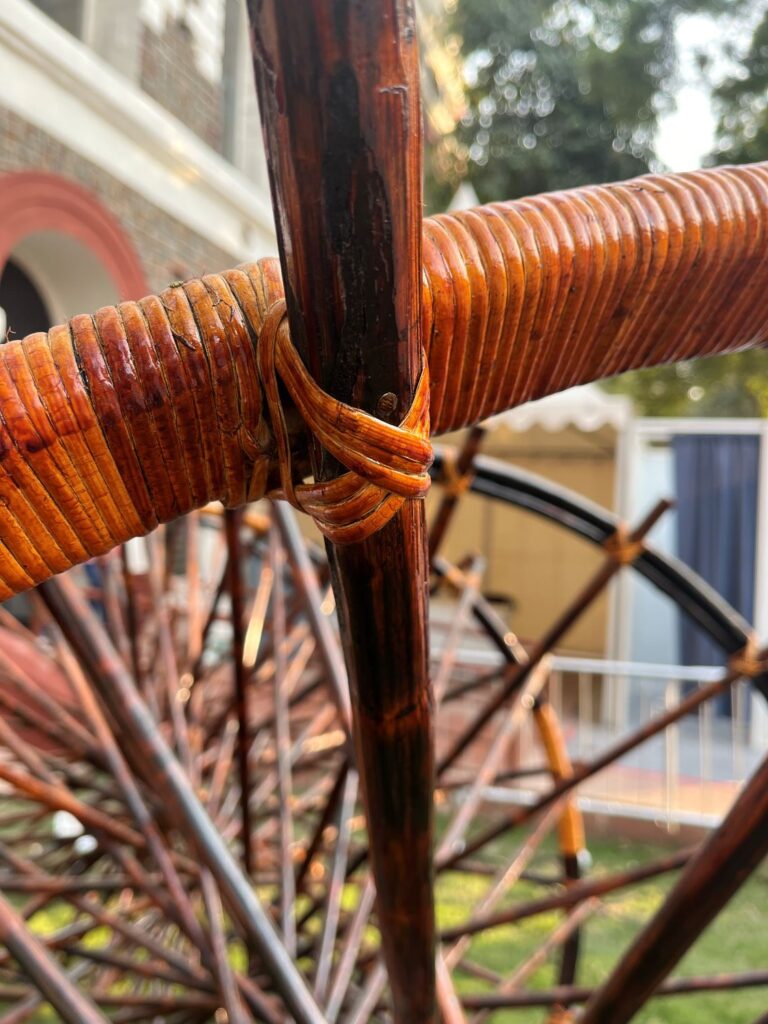
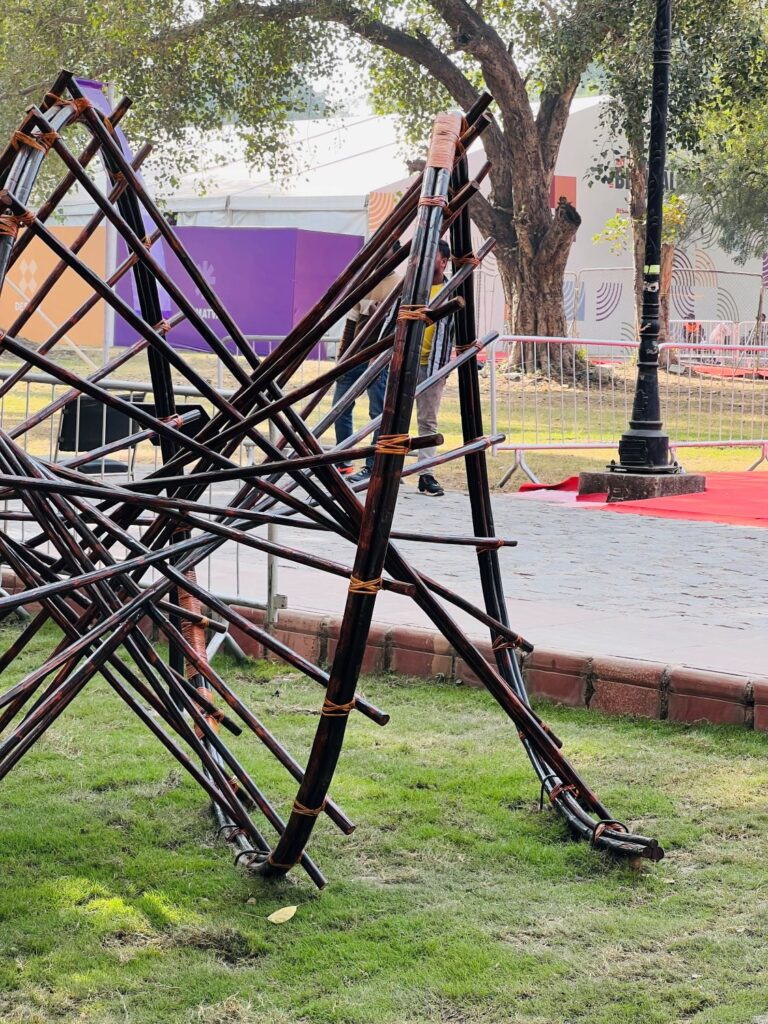
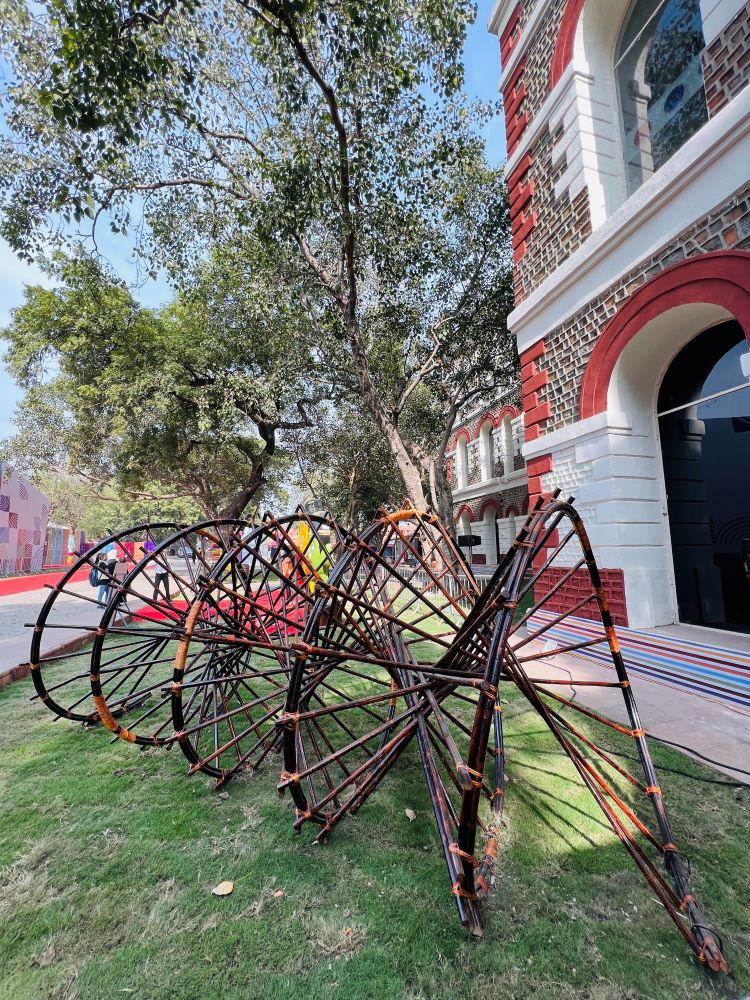
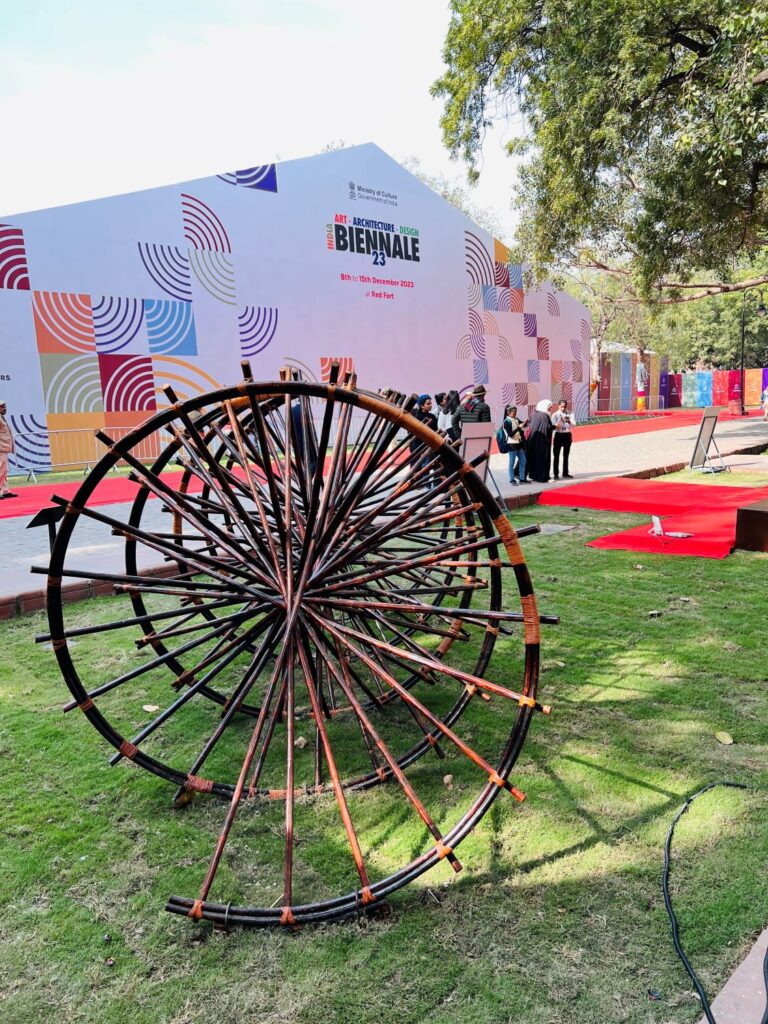
Project Details:
Name: HeliX 2.0
Event: India Art, Architecture & Design Biennale 2023
Client: Ministry of Culture, Government of India
Location: B4 Barracks, Red Fort, Delhi
Status: Completed (2023)
Typology: Art Installation
Design Firm: DesignAware
Fabrication partner: Bombay Cane Works
Photographs: ©DesignAware, Vipul Gupta



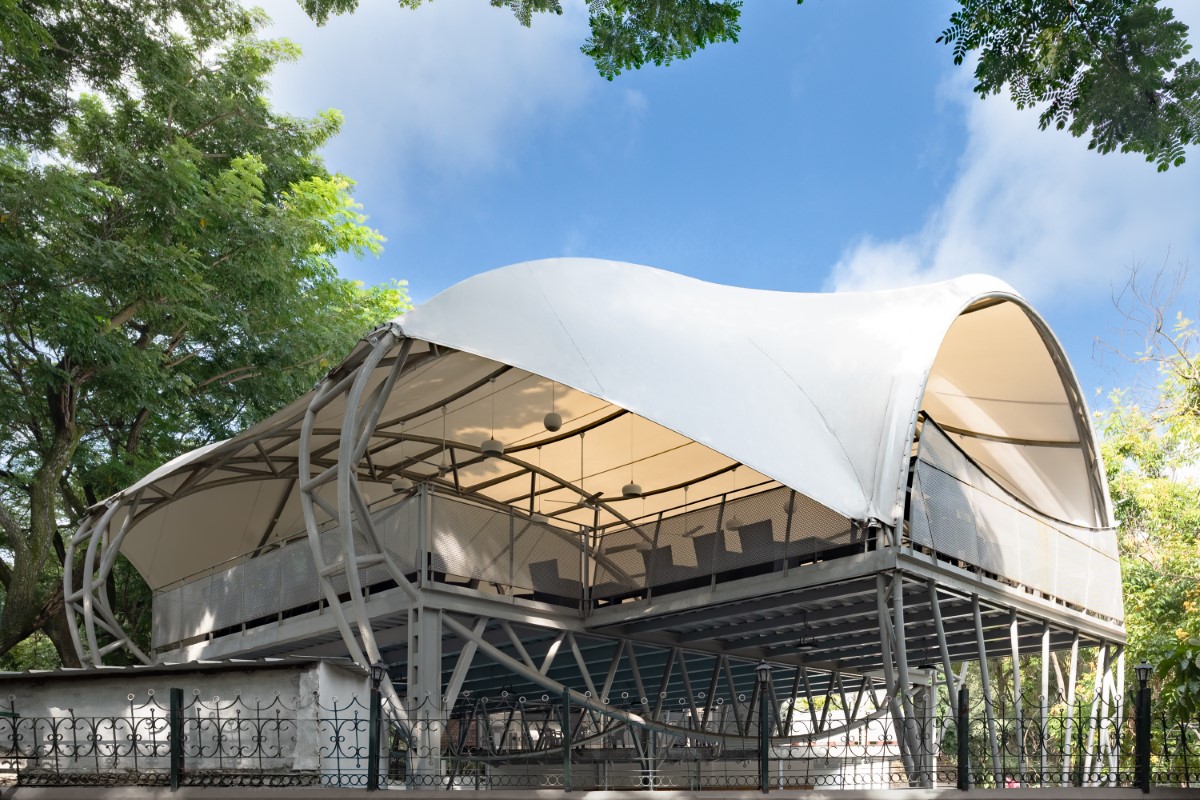
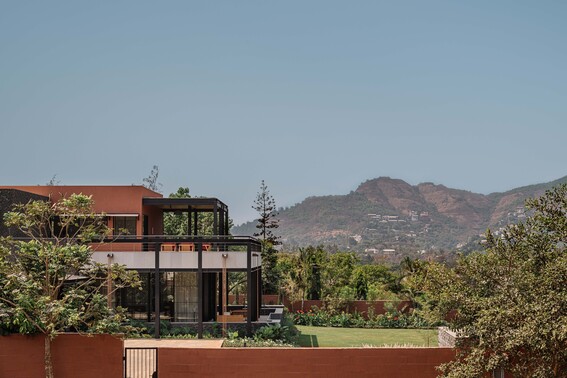

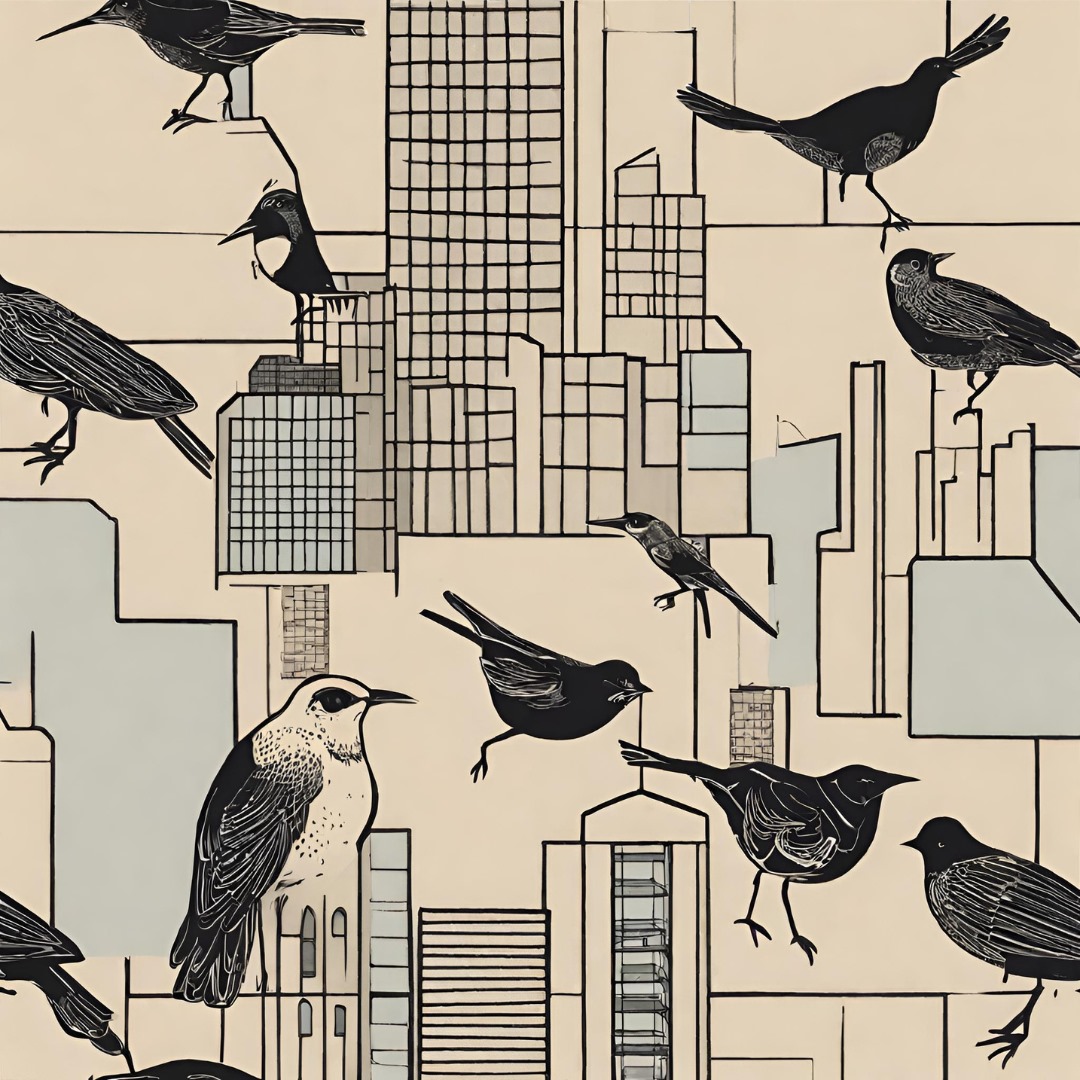
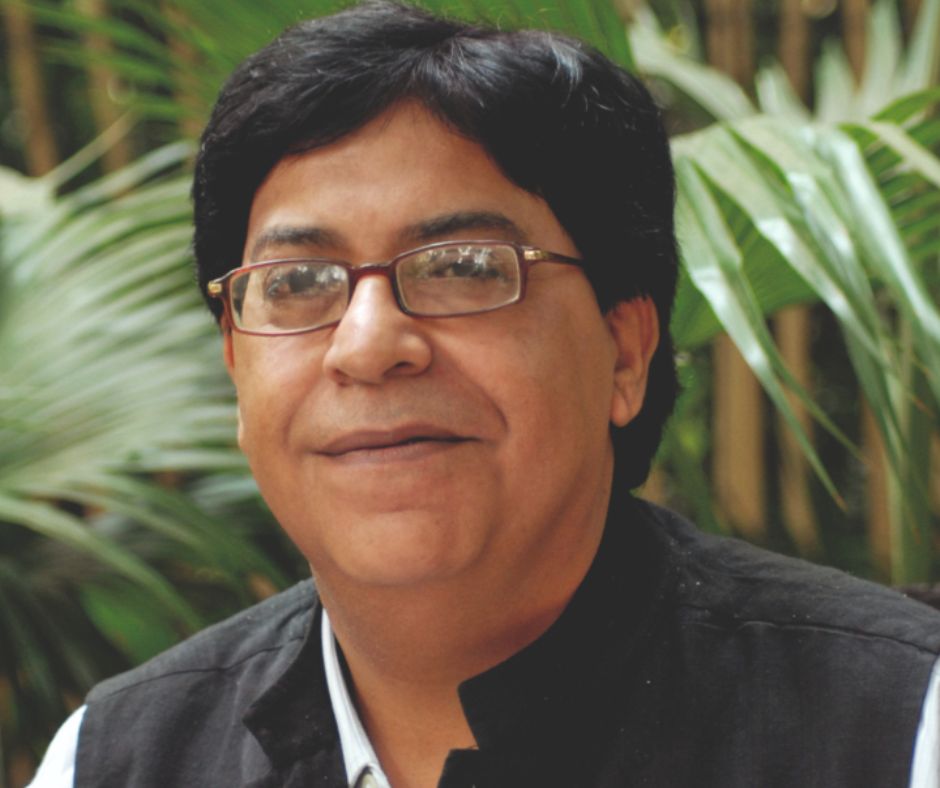
One Response
I appreciate the effort you put into your work.